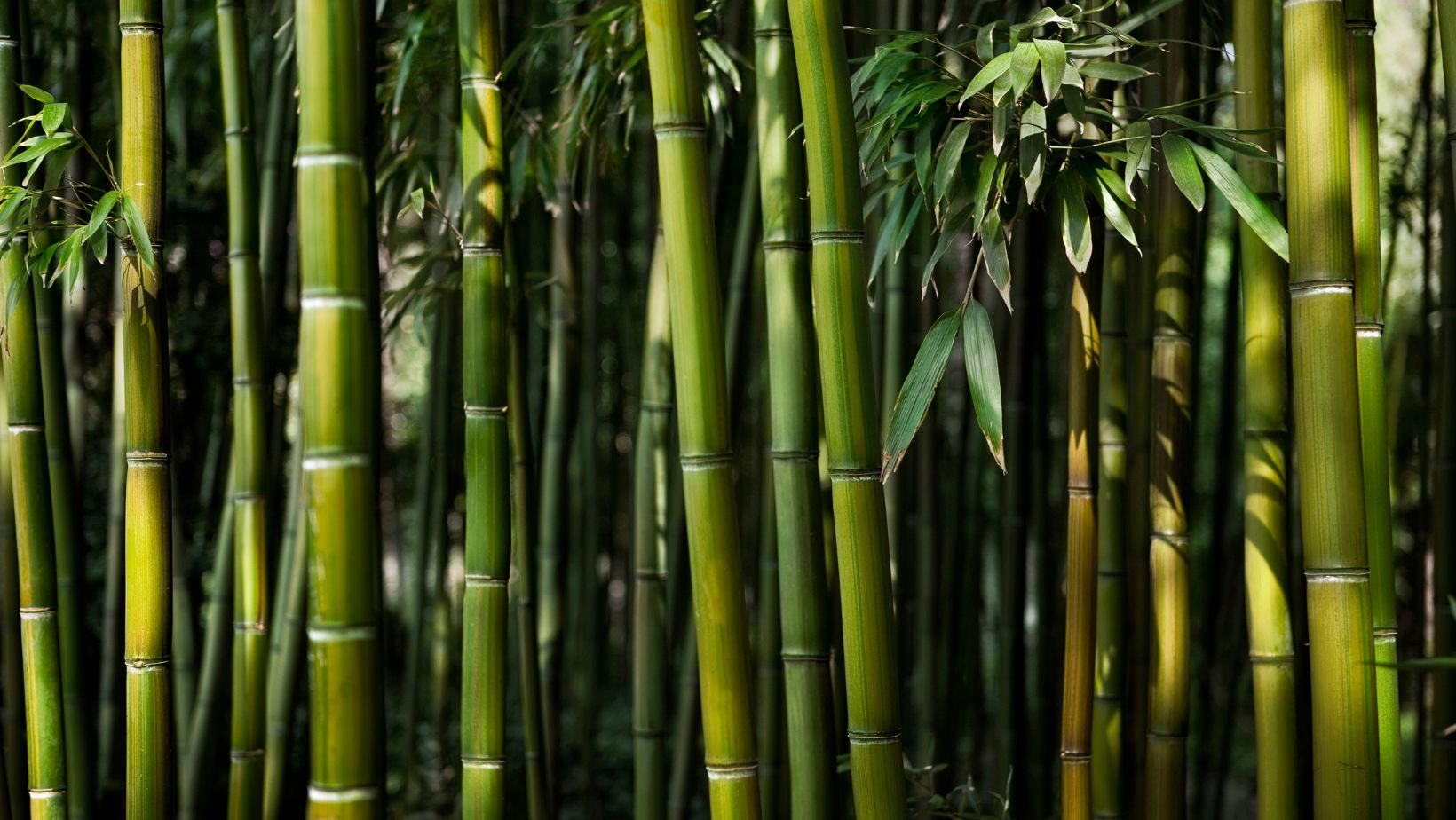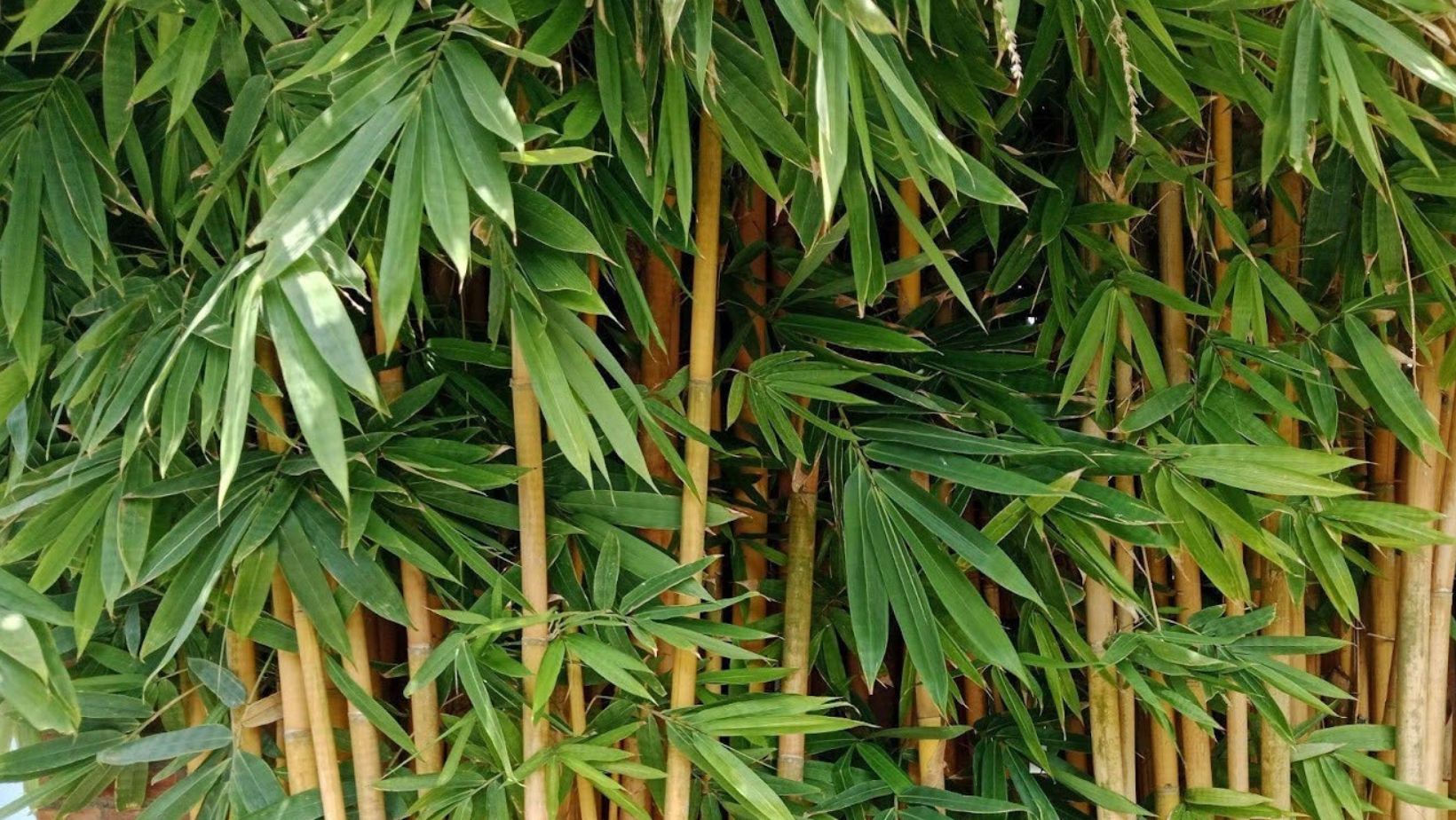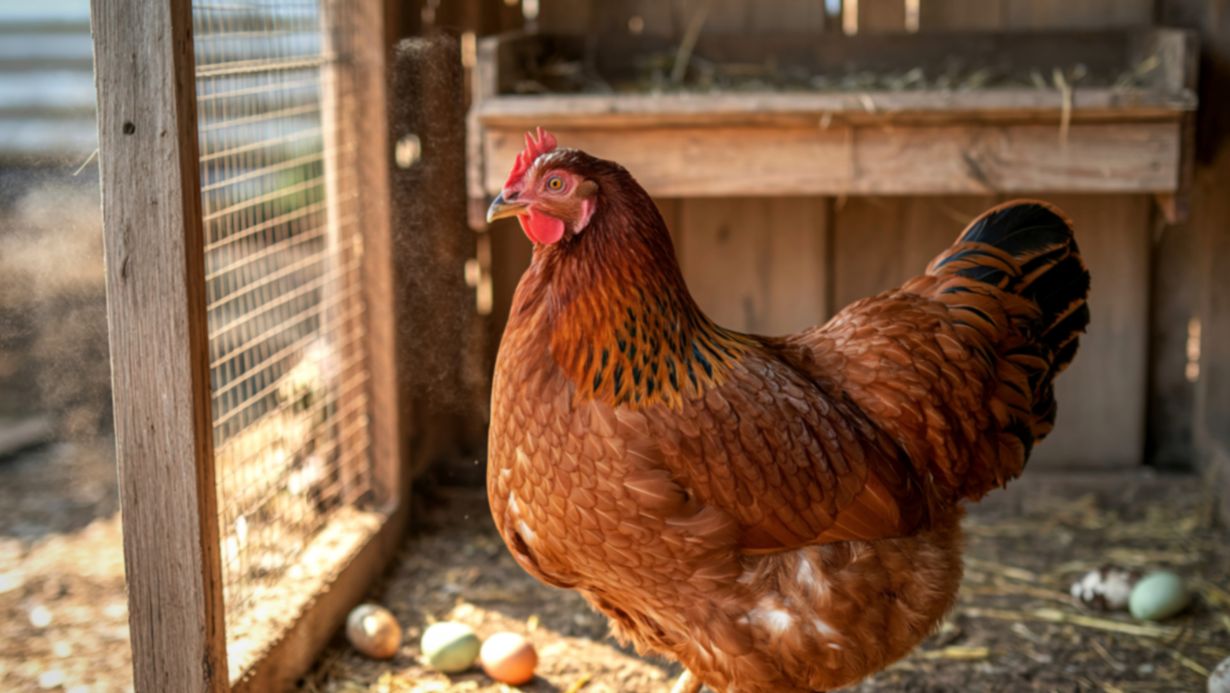Bamboo is reputed to be one of the world’s fastest-growing plants. Many gardeners are fascinated by how quickly it can fill a space, create natural privacy, and transform a landscape in just a few seasons.
This guide will explain the factors that influence bamboo growth and offer practical tips for managing it in your garden. We will help you plan, select the right variety, and maintain healthy, well-contained bamboo clusters.
Table of Contents
ToggleHow Fast Does Bamboo Grow in Different Conditions?
Bamboo growth rates can vary significantly. Here’s a standard breakdown of how it works according to the climate, environment, and soil conditions:
- Warm, Humid Regions: During peak season, the running bamboo species may grow more than three feet in a single day.
- Milder Climates: Growth is steady but moderate, with new shoots emerging each year and gradually building density.
- Soil Quality: Well-draining, nutrient-rich soil helps roots expand and supports taller, stronger canes.
With the right conditions, even small bamboo plants can establish a dense cluster within a few growing seasons.
How Fast Does Bamboo Grow Throughout Its Lifetime?
Bamboo plants grow in a predictable pattern once they become established. In the first year, most of the plant’s energy is invested in developing a strong root system underground. During this stage, you might only see modest shoot growth above the soil.
By the second and third years, established bamboo starts to grow much faster. New shoots emerge taller and thicker each season, often reaching their mature height in just a few weeks. Once mature, bamboo produces new shoots each spring or summer that grow to their full height almost immediately, ultimately transforming into a dense screen within three to five years.
Bamboo Growth by Variety in the United States
Different types of bamboo grow at very different speeds. Knowing which variety you plan to plant helps you set realistic expectations for how fast it will fill your space. Here are a few popular options commonly grown in the United States; you can find these and other varieties at specialty shops, like this one:
- Golden Bamboo (Phyllostachys aurea): This running bamboo is renowned for its rapid growth and tall canes, which can reach heights of 25 feet or more. In warm climates with good moisture, it often grows several feet in a single season.
- Black Bamboo (Phyllostachys nigra): Famous for its striking dark canes, Black Bamboo grows more slowly than some running types. Mature plants can reach around 30 feet, but shoots usually take a few years to establish before gaining height quickly.
- Fargesia (Fargesia spp.): This clumping bamboo grows in tight clusters rather than spreading aggressively. It stays smaller, typically between 8 and 15 feet, and expands gradually over time, making it easier to manage in residential gardens.
- Giant Timber Bamboo (Bambusa oldhamii): Known for its thick canes and impressive height, this species can grow over 50 feet tall in warm regions. It requires ample space and consistent moisture to reach its full potential.
Each variety has its growth habits, so consider your climate, available space, and maintenance goals before deciding which bamboo to plant.
Managing and Controlling How Fast Bamboo Grows
Bamboo’s rapid growth can be an advantage, but it also means you need a plan to keep it contained and healthy. These practices help you manage your plants and avoid common issues:
- Install a Root Barrier: Use a sturdy root barrier around running bamboo to prevent rhizomes from spreading into unwanted areas. A barrier at least 24 inches deep is recommended for adequate control.
- Water Consistently: Provide deep, regular watering during the first year to help bamboo establish a strong root system. Once established, bamboo usually requires less frequent watering but still benefits from moisture during dry periods.
- Prune for Size and Shape: Trim back the tops of canes or cut new shoots at ground level to maintain the desired height and density. Regular pruning makes it easier to keep bamboo looking neat and under control.
- Watch for Overcrowding: Bamboo can become dense quickly. Check each season to ensure the cluster has sufficient space to grow without pressing against structures or other plants.

With these habits, you can enjoy the beauty of bamboo while keeping it manageable and contained within your landscape.
How Fast Does Bamboo Grow? Our Final Thoughts
Bamboo is a versatile plant that can bring a fresh texture and natural privacy to any garden. It grows quickly and fills space with tall, graceful canes that look striking in all seasons.
Take the time to understand your space, select the best species, and create a plan to manage growth effectively. With thoughtful preparation, a bamboo cluster will become a healthy, lasting part of your garden for years to come.




